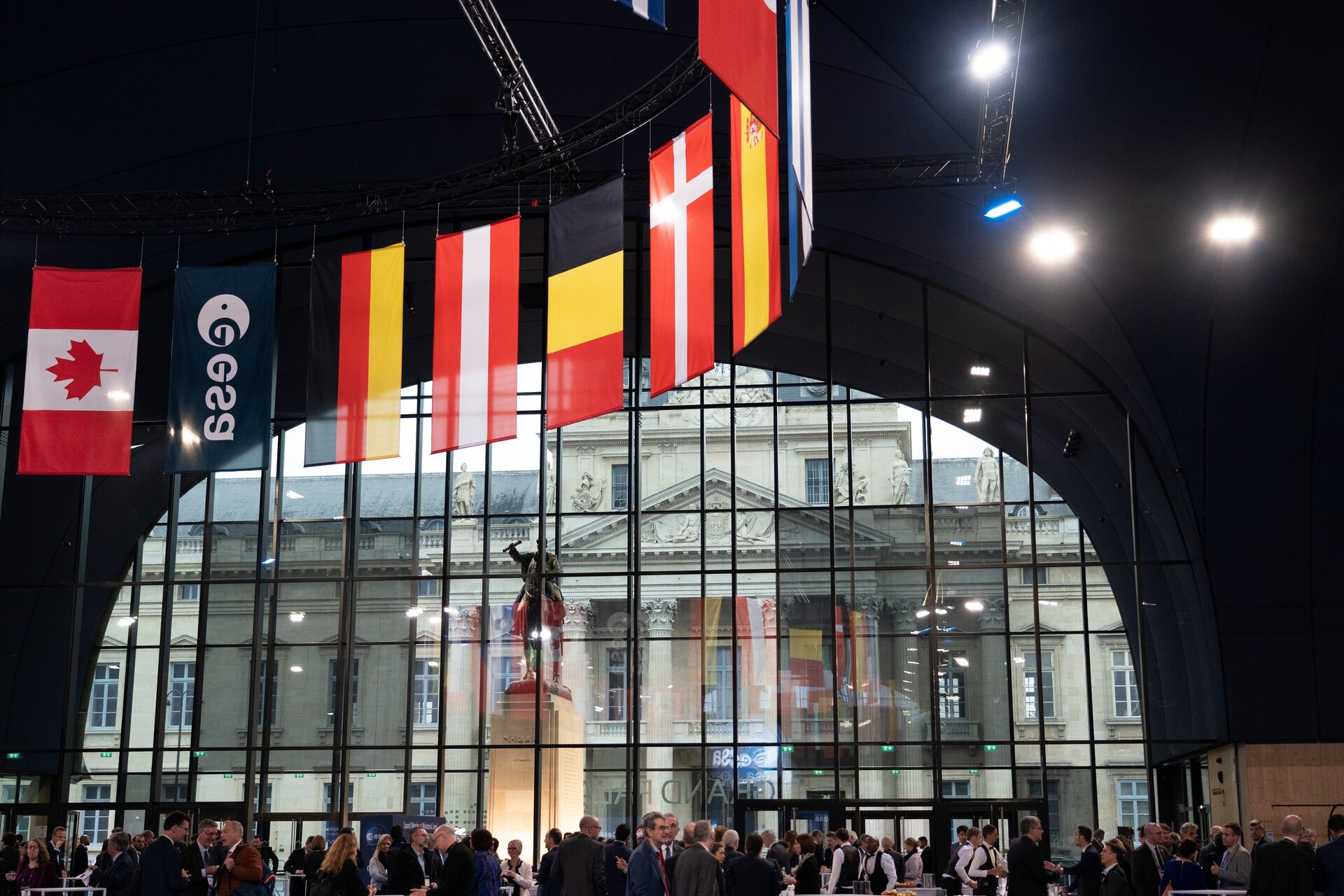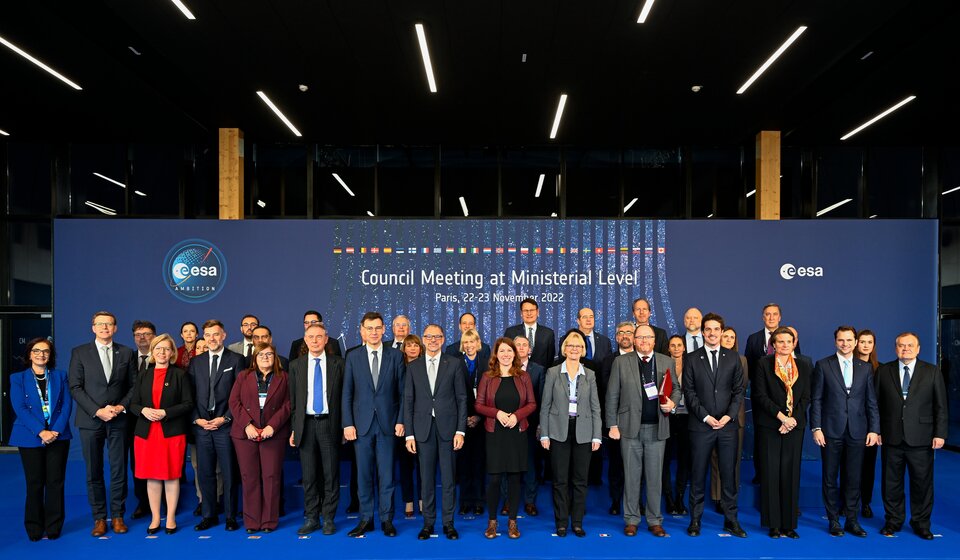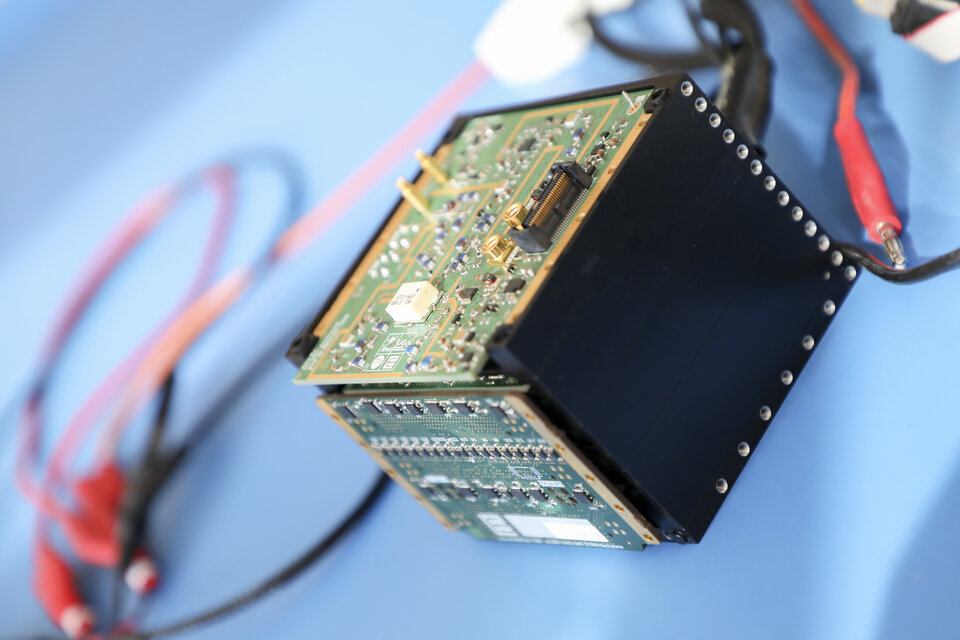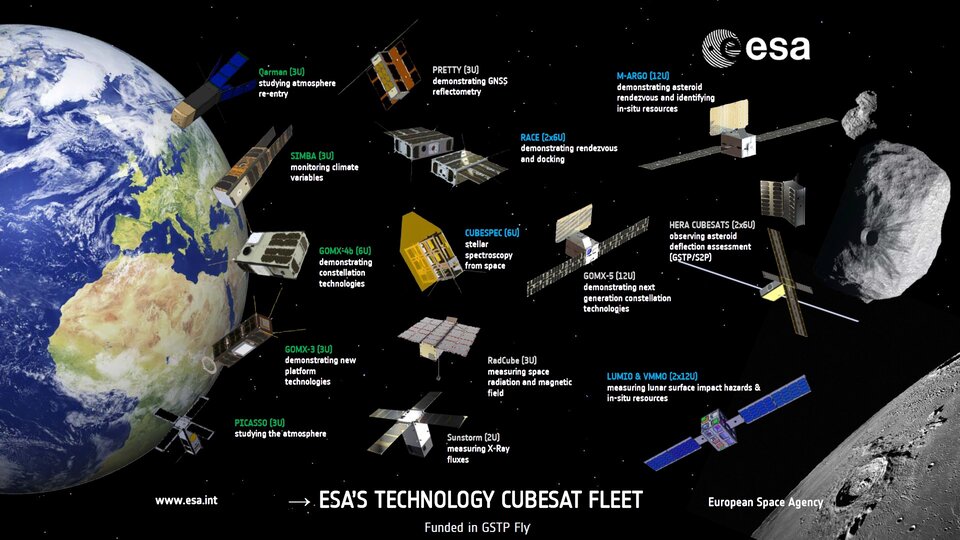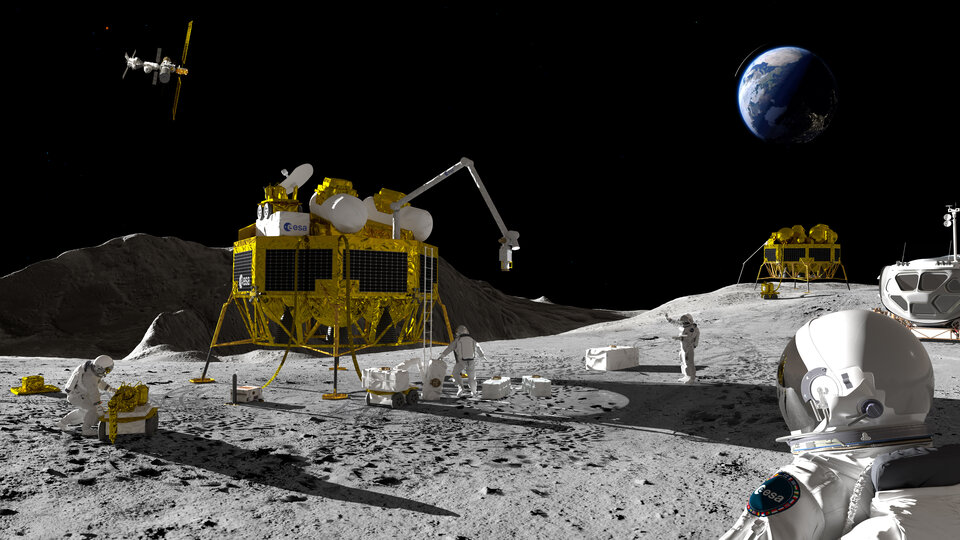Renewed support for ESA innovation at Paris Ministerial
Member State delegations pledged a record-breaking €16.9 billion budget for ESA at last week's Council at Ministerial Level in Paris, including renewed support for dedicated R&D programmes employed by ESA’s Directorate of Technology, Engineering and Quality to invent the future in space.
In advance of the Ministerial, the Directorate had published an updated version of its Technology Strategy, setting out its plan for technology development in response to ESA Director General Josef Aschbacher’s Agenda 2025, which itself underlined innovation as a crucial element in ESA’s future.
As the Director General himself previously emphasised: “Technology is at the heart of everything ESA does.” Now the outcome of the Ministerial represents a clear endorsement of that approach.
“This has been a good result for ESA, and the wider space sector in Europe,” comments Torben Henriksen, ESA Director of Technology, Engineering and Quality. “Our Directorate will play an essential part in all the new and renewed programmes approved this week, because our job is to develop and optimise all the technologies needed to realise Agency missions.
“We are also grateful for the strong support given to our Directorate technology development programmes, which span all the stages of innovation for space – from our very first contact with new ideas to finalising new products for market, all the way up to actually testing them in space.”
The support to ESA’s Basic Activities will allow the Directorate to continue to prepare the future of the European space sector by funding early stage technology developments and studies via its Discovery and Preparation elements, including early ‘black sky’ thinking on promising concepts from all available sources, and the Technology Development Element, developing early prototypes and laboratory versions of new technologies.
The follow-on General Support Technology Programme takes these technologies from the mid-Technology Readiness Levels to ready them for space and the marketplace. Despite being an optional programme, GSTP was once again subscribed to by all ESA Member States, in recognition of its value and effectiveness.
Support was well balanced between the three elements of GSTP: Element 1 ‘Develop’ qualifies technologies for space use, while the market-driven Element 2 ‘Make’ seeks to mature technologies into finalised products. Element 3 ‘Fly’ provides European industry with early opportunities to fly promising technologies in space, by hosting flight opportunities and in-orbit demonstration missions, especially using miniature ‘CubeSats’.
This Ministerial saw two new components added to GSTP, which both received good support from delegations.
This Ministerial saw two new components added to GSTP, which both received good support from delegations.
The EEE Space Component Sovereignty for Europe aims to safeguard the supply of Electrical, Electronic and Electromechanical (EEE) components, working with industry, ESA Member States and European organisations such as European Commission and European Defence Agency, to deliver a stable, predictable development and procurement approach for EEE parts over an initial five-year period, to compensate for current volatility in the global microprocessor market.
And ENDURE, for ‘EuropeaN Devices Using Radioisotope Energy’, will deliver an end-to-end European capability for radioisotope heat and power systems by the end of this decade, opening up exploration of the outer Solar System as well as challenging planetary environments such as the long nights on the lunar surface or the cold and stormy conditions prevailing on Mars.
And ENDURE, for ‘EuropeaN Devices Using Radioisotope Energy’, will deliver an end-to-end European capability for radioisotope heat and power systems by the end of this decade, opening up exploration of the outer Solar System as well as challenging planetary environments such as the long nights on the lunar surface or the cold and stormy conditions prevailing on Mars.
Another new initiative, SOLARIS to advance key technologies for Space-Based Solar Power plants, forms part of the over-subscribed Element 1 of GSTP. Discussions are now underway with national delegations on their preferred levels of commitment.
In an additional piece of good excellent news for the Directorate, the Hera asteroid mission for planetary defence received the funding needed to complete and launch the mission. Hera, tasked with performing a close-up survey of the Dimorphos asteroid which was this year diverted by NASA’s DART spacecraft, is a mission of ESA’s Space Safety programme but with the Directorate of Technology, Engineering and Quality responsible for its implementation.


